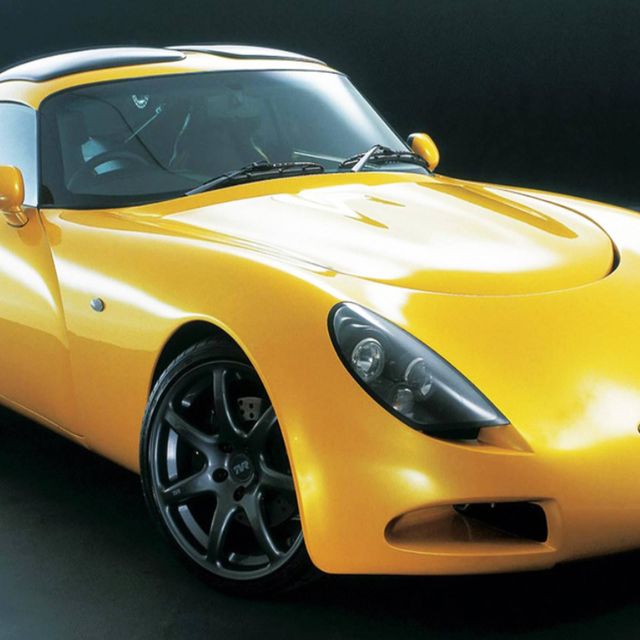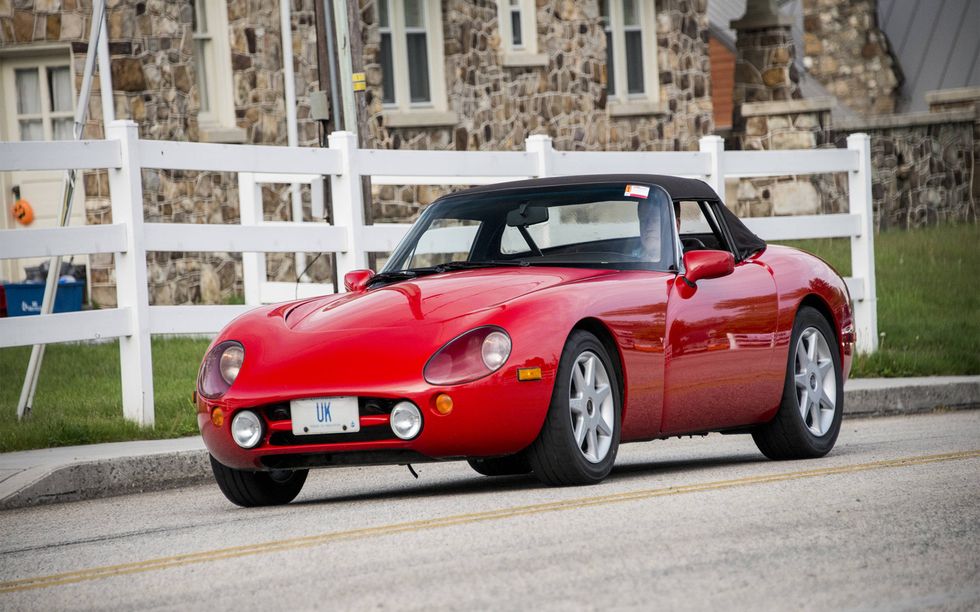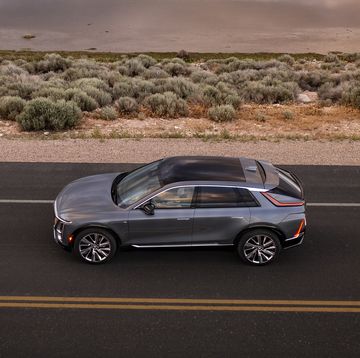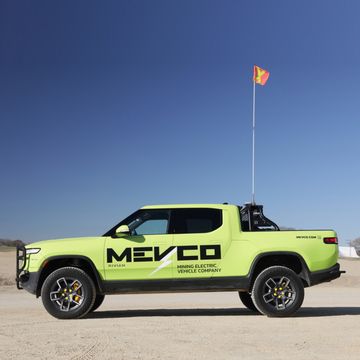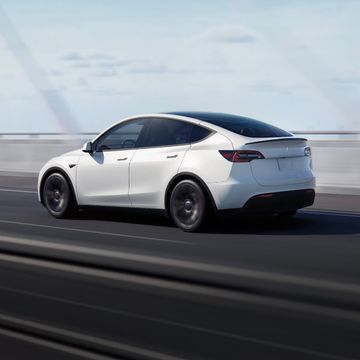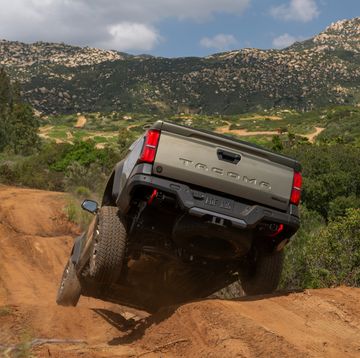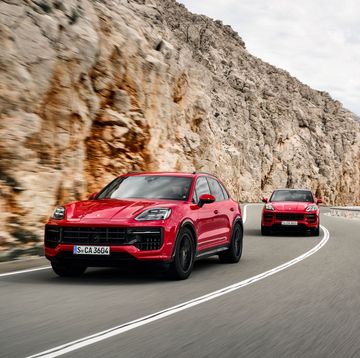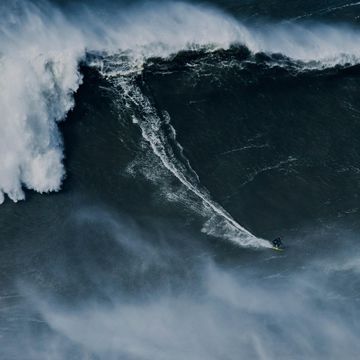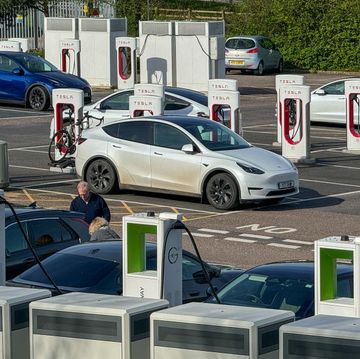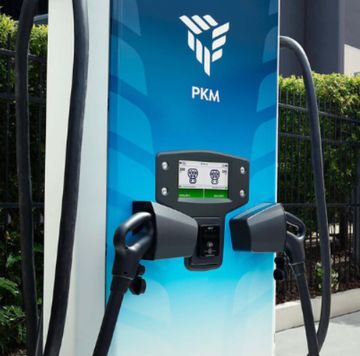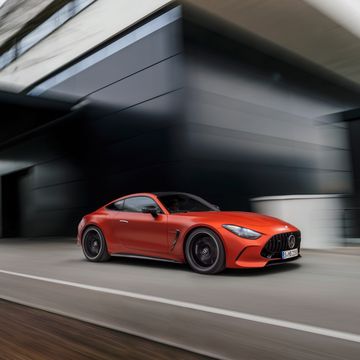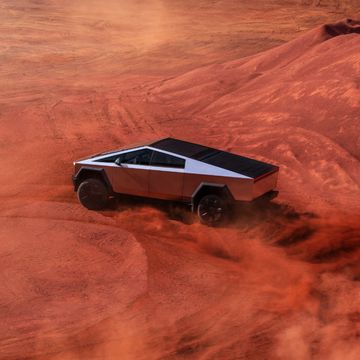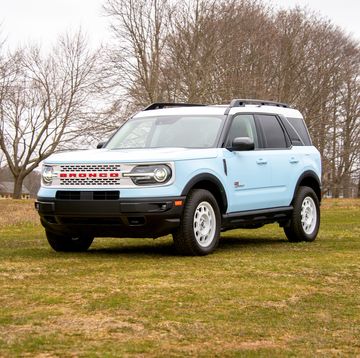Last time we saw a TVR, it was co-starring in a John Travolta film that made little sense but whose special effects and style covered up well enough for this fact [Jay, are you seriously standing up for "Swordfish" here? - ed].
Actually, last time we saw TVRs was a couple of weeks ago as a number of cars from the 1990s like the Chimaera and the Griffith came down from Canada for the annual Carlisle Import Nationals -- cars that are still too new to import into the U.S.
But one the last times we really heard of the plucky British automaker known for scary road cars was back in 2006 after the company was bought for a modest sum by Russian oligarch Nikolai Smolenski and promptly quit building cars. That was the last year any cars rolled out of the Blackpool factory, but the factory and the rights to the name have since been taken off Smolenski's hands by a well-heeled group of owners.
TVR is now back with financial backing from a group of investors headed by computer gaming tycoon Les Edgar, and with engineering backing by Gordon Murray, Autocar reports. The reborn company's plans are ambitious: four new cars in the next 10 years, with the first model due in 2017.
"This is a unique opportunity to be part of the revival of a great British marque," TVR operations director John Chasey told Autocar. "We are a well-funded, well-supported organization that boasts a vastly experienced management team and a clear 10-year master plan for both product and business development."
Company officials promise that TVR will stay true to its roots, and have dropped a few details about the cars we're likely to see two years from now. The new models will keep the proportions of the last TVRs and will be powered by V8 engines sourced from Ford or Chevrolet and tuned by Cosworth. They will feature composite bodies over big-diameter steel tube chassis frames.
The chassis will be built using Gordon Murray's iStream process, and will feature all-independent suspensions. The curb weight of the new models is likely to stay around 2,425 pounds, or 1,100 kilograms. Autocar expects output in the 450-hp range, sent to the rear wheels via manual transmissions. This time around there will be some basic safety systems, in the form of ABS brakes and traction control.
The company is expected to maintain its previous production volume of around 1,000 cars per year, though they haven't shared details about potential pricing. Autocar expects starting prices in the neighborhood of $90,000.
The world of British sports cars is a bit more crowded now than when TVR was last making cars, with impressive entries from Jaguar, so TVR will have to offer something unique and true to its hairy-chested identity.

Jay Ramey grew up around very strange European cars, and instead of seeking out something reliable and comfortable for his own personal use he has been drawn to the more adventurous side of the dependability spectrum. Despite being followed around by French cars for the past decade, he has somehow been able to avoid Citroën ownership, judging them too commonplace, and is currently looking at cars from the former Czechoslovakia. Jay has been with Autoweek since 2013.
